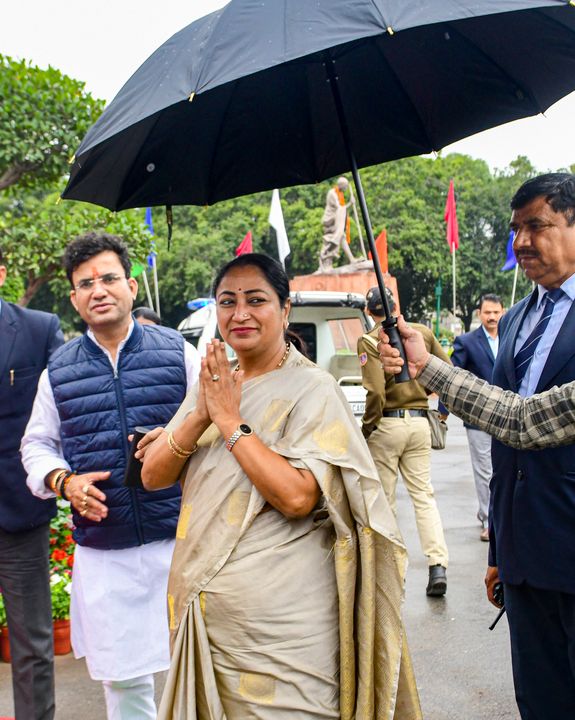New Delhi, Feb 28 – A recent report by the Comptroller and Auditor General (CAG) has raised serious concerns about Delhi’s health infrastructure, highlighting staff shortages, inadequate medical supplies, unspent funds, and inefficiencies in the flagship Mohalla Clinic initiative. The findings, presented in the Delhi Assembly on Friday, paint a troubling picture of the city's healthcare services under the previous Aam Aadmi Party (AAP) government.
Mohalla Clinics Lacking Essential Supplies and Staffing
The report examined 74 Mohalla Clinics and found that none had the full stock of all 165 essential medicines. In addition, many clinics lacked basic medical equipment such as pulse oximeters, glucometers, X-ray viewers, thermometers, and blood pressure monitors.Between October 2022 and March 2023, approximately 70 percent of patients visiting these clinics spent less than a minute with a doctor. Furthermore, 41 out of 218 Mohalla Clinics in four selected districts remained closed for extended periods—ranging from 15 days to nearly two years—due to doctors resigning, leaving, or taking prolonged leave.
The AAP government had aimed to establish 1,000 Mohalla Clinics by March 31, 2017, yet as of March 31, 2023, only 523 were operational. The report assessed the period from 2016-17 to 2020-21 and found significant gaps in the project's execution.
Emergency Services Struggling Due to Staff Shortages
The CAG report further highlighted a severe shortage of specialist doctors, impacting emergency services at hospitals. Many operation theatres remained underutilized due to a lack of manpower, leading to long waiting periods for surgeries—ranging from one to ten months in some cases.In intensive care units (ICUs), critical equipment was found to be inoperative. For instance, in the ICU of Lok Nayak Hospital (LNH), five out of twelve ECG machines were non-functional as of March 2020. Additionally, one ECG machine went missing in July 2020, and despite a case being filed in February 2021, no updates were provided.
Severe Shortage of Medical Staff Across Hospitals
The health and family welfare department was found to be facing a 21 percent shortage of nursing staff, with major hospitals struggling with critical vacancies:- GB Pant Hospital – 34% shortage
- GTB Hospital – 28% shortage
- Lok Nayak Hospital (LNH) – 20% shortage
- Bhagwan Mahavir Hospital – 33% shortage
Lack of Essential Medicines and Equipment
Hospitals faced acute shortages of essential medicines, as the Central Procurement Agency failed to supply up to 47 percent of required drugs. As a result, hospitals were forced to procure medicines from private vendors. Moreover, delays in quality testing resulted in the inadvertent use of substandard drugs.Infrastructure development targets also remained unmet. Between 2016 and 2021, only 1,357 hospital beds were added—far below the promised 10,000 beds. Several hospital projects faced delays of up to six years, while 15 allocated plots for new healthcare facilities remained unused.

